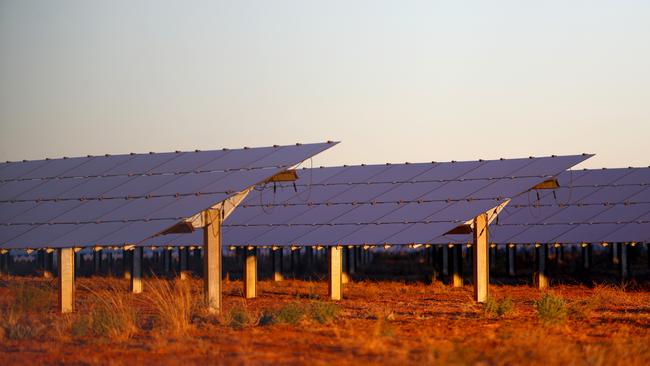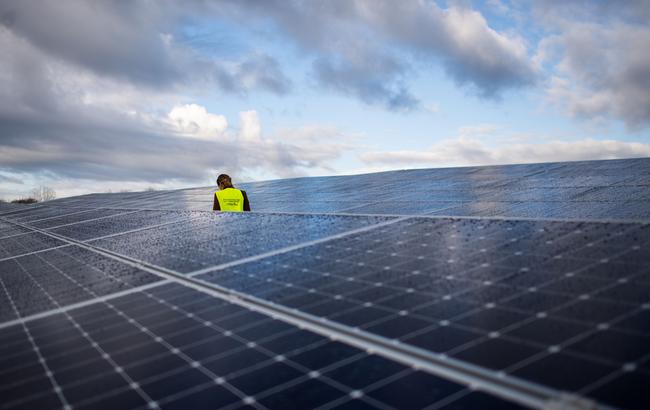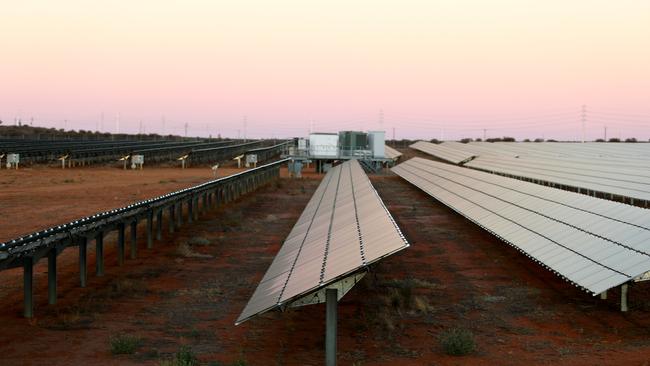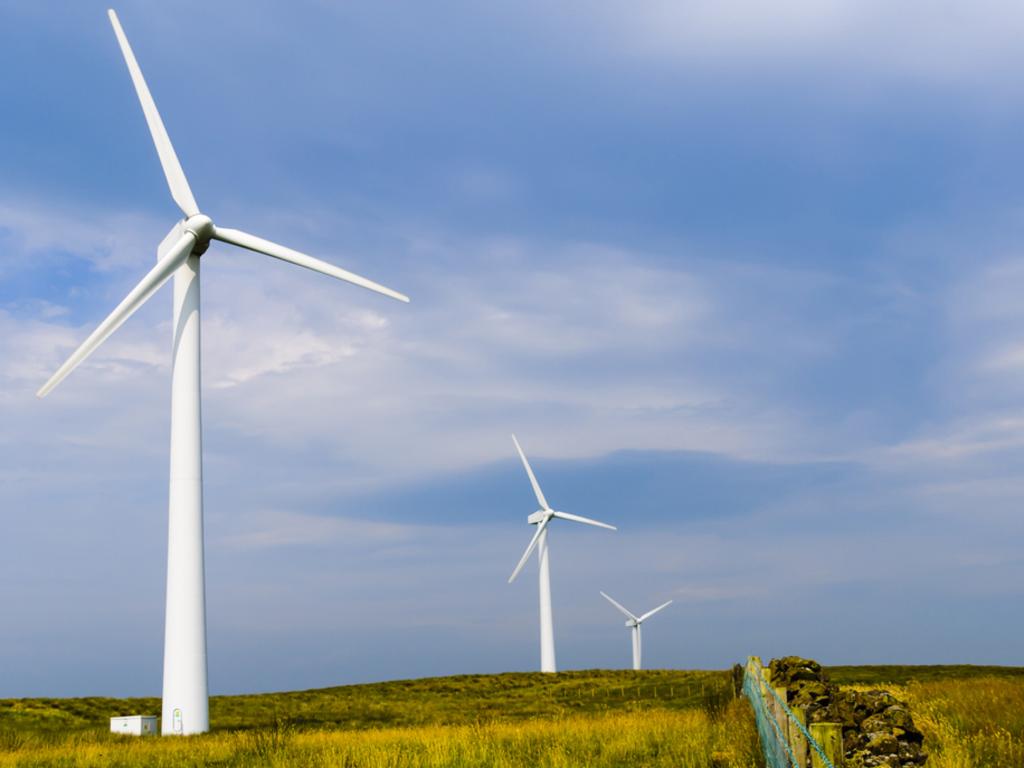Cheaper renewable energy to drive power bills down
Falling renewable power costs will drive electricity bills lower over the coming three years, according to The Australian Energy Market Commission.

Households can expect to be paying about $120, or 9 per cent, less for electricity in 2023 than they do today thanks to falling gas prices and cheaper renewable power, but the closure of the Liddell coal-fired power plant means NSW residents will enjoy only a fractionally lower energy bill.
The Australian Energy Market Commission’s residential electricity price trends report for 2020 projected, for the second year running, that prices will fall during the coming three years.
The report found that “the main reason for the drop is lower gas prices and the introduction of new sources of energy generation like solar and wind”.
Energy Minister Angus Taylor said lower electricity bills would help consumers navigate the post-COVID period of uncertainty.
“Cheaper electricity puts more money in the pockets of hardworking Australians,” Mr Taylor said.
“After what has been a tough year for everyone, news that electricity prices are expected to continue falling in 2021 is a welcome relief.”

Victorian households can look forward to paying 15 per cent, or $170, less on their annual power bill by 2022-23, the report said.
Electricity prices in southeast Queensland and South Australia are projected to drop by 14 per cent and 11 per cent respectively over the same time, delivering annual savings of $190 and $200.
Tasmanian electricity prices are estimated to fall overall by 4 per cent, or $70.
In contrast, NSW households’ energy bills are estimated to be only 2 per cent down by 2022-23, or about $30. The AEMC report showed that prices were expected to drop by 5.4 per cent and 4.1 per cent over the next two years, before a projected 7.8 per cent price rise in 2022-23 triggered by the planned closure of the Liddell Power Station.
With Snowy 2.0 years away from delivering additional base-load power, the Morrison government has given the electricity sector until March to deliver 1000MW of new dispatchable energy before the Hunter Valley power station closes in 2023.

While prices overall nationally could “increase slightly” in 2022-23 with the scheduled exit of some coal-fired power from the market, AEMC chief executive Benn Barr said “the outcome for 2023 prices may well be different following recent announcements on increasing renewable energy capacity in both NSW and Victoria”, which was expected to put further downward pressure on renewable costs.
The NSW government’s Electricity Infrastructure Roadmap aims to underwrite 12GW of renewable energy by 2030.
Australian Energy Council chief executive Sarah McNamara said the AEMC report brought “welcome news” for business and residential energy users and that it “reinforces that the market is competitive with committed new generation continuing to push down wholesale prices”.
“Despite concerns the closure of the Liddell Power Station could push up wholesale prices dramatically, the independent assessment shows east coast prices overall will be lower than they are now even after that plant’s departure,” Ms McNamara said.
The Australian Energy Market Commission’s expected average savings were based on a two-person household.








To join the conversation, please log in. Don't have an account? Register
Join the conversation, you are commenting as Logout